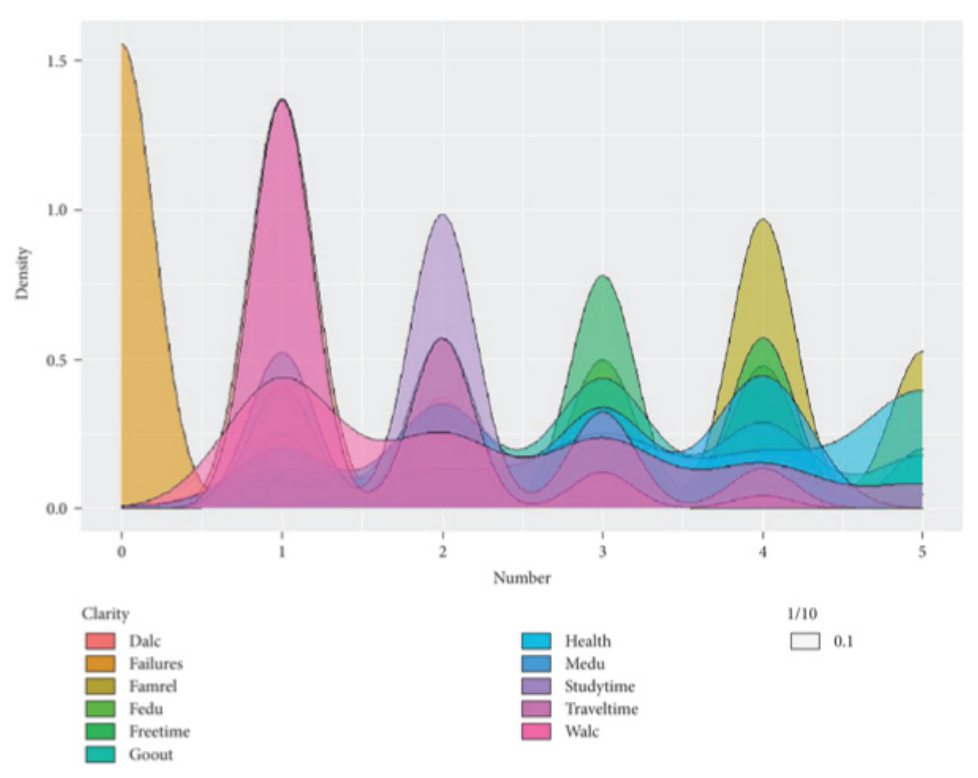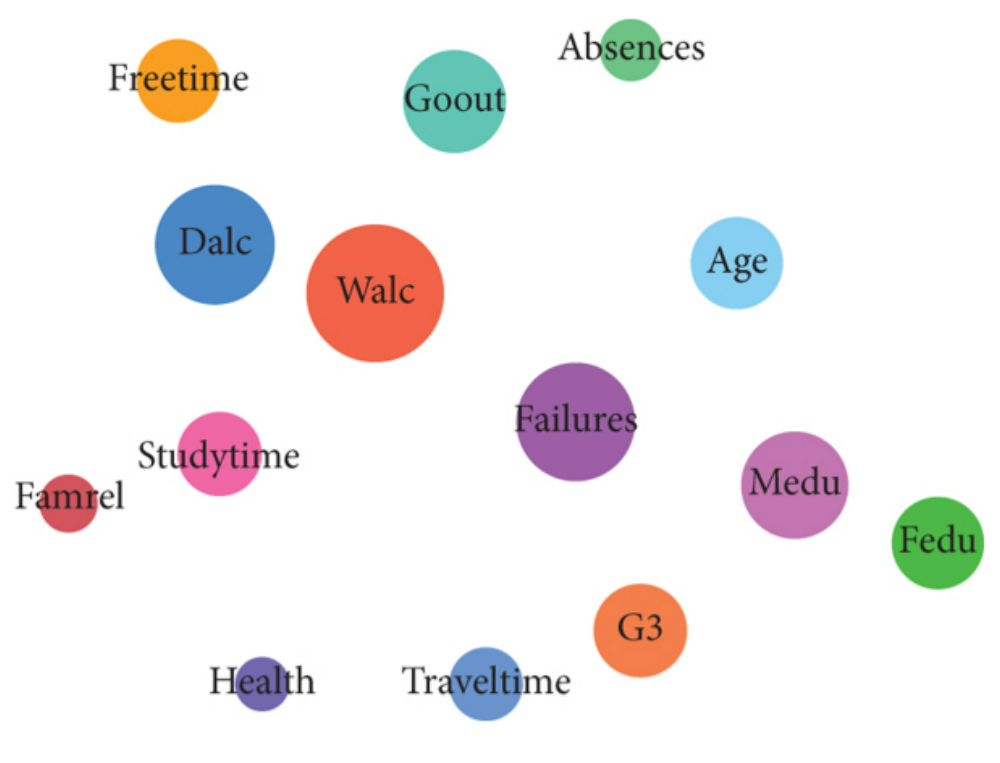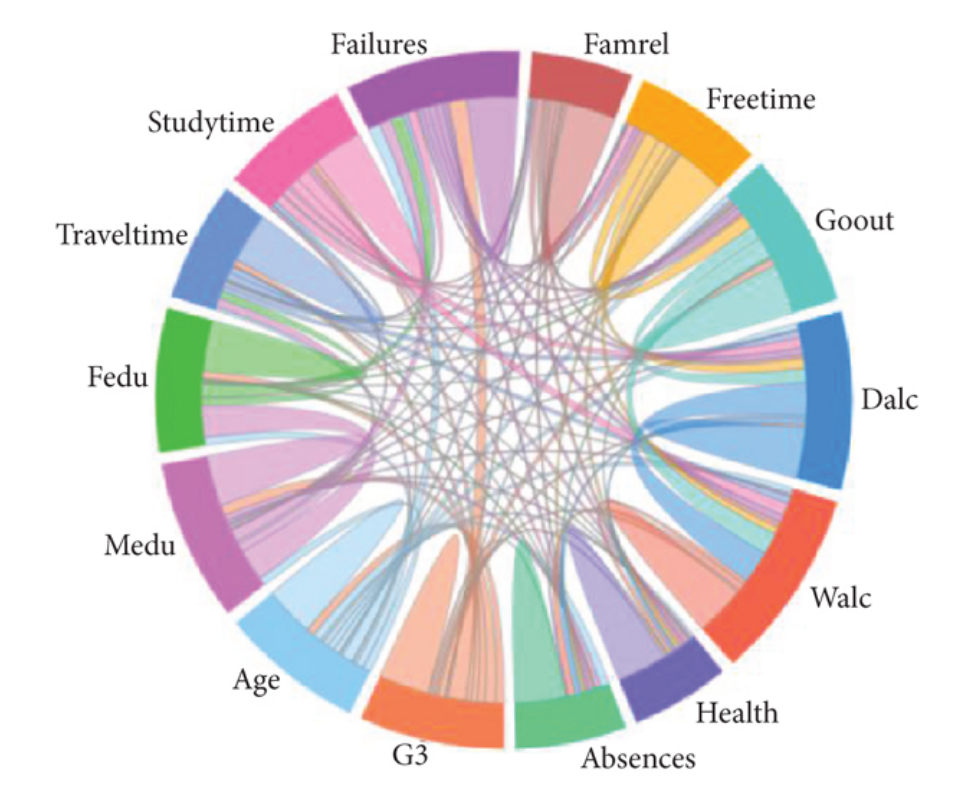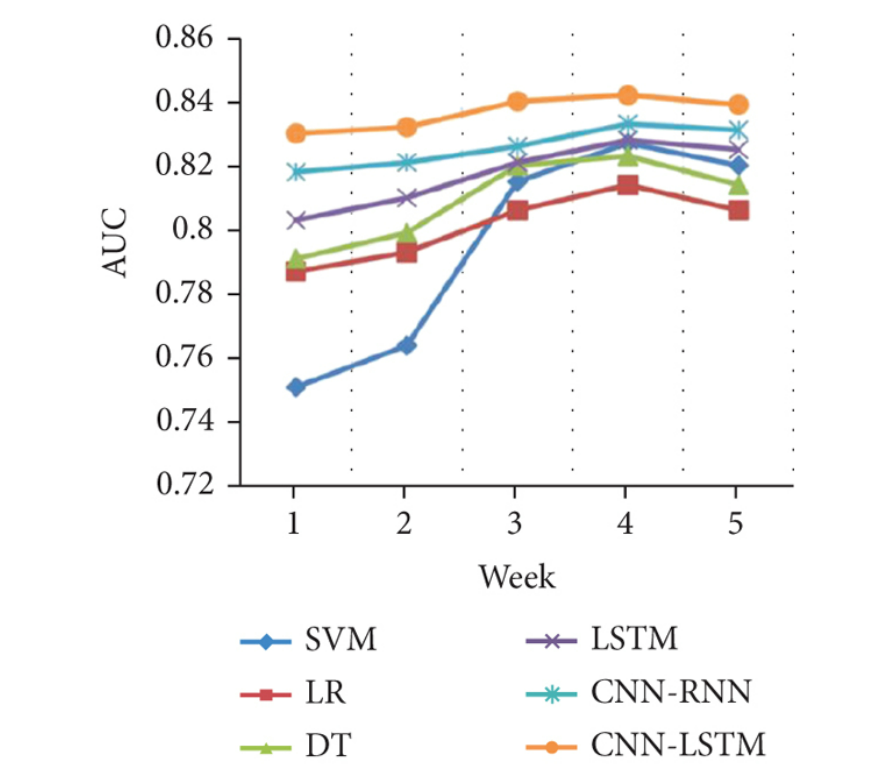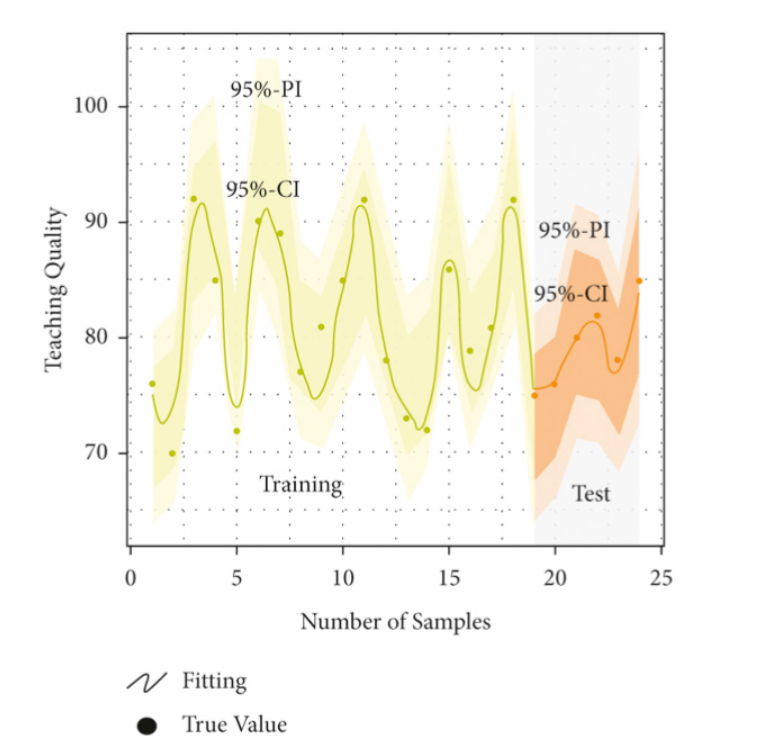 An open access journal
An open access journal
AI in Agriculture: Revolutionizing Farming Practices for Food Security and Sustainability
Abstract
This paper explores the transformative role of artificial intelligence (AI) in agriculture, focusing on how AI technologies are revolutionizing farming practices to enhance food security and sustainability. Through an analysis of case studies and technological advancements, the study examines how AI-driven innovations such as precision agriculture, drone technology, and predictive analytics are reshaping various aspects of the agricultural value chain, including crop management, livestock monitoring, and supply chain logistics. It discusses the potential benefits of AI in improving resource efficiency, reducing environmental impact, and increasing crop yields, while also addressing challenges related to data accessibility, adoption barriers, and ethical considerations. Additionally, the paper explores the role of AI in addressing global agricultural challenges such as climate change, water scarcity, and food waste, by enabling data-driven decision-making and proactive risk management. Furthermore, it discusses the importance of capacity building, stakeholder collaboration, and policy support in harnessing the full potential of AI in agriculture. The findings underscore the critical role of AI in advancing agricultural productivity, resilience, and sustainability to meet the growing demands of a changing world.
Share and Cite
Article Metrics
References
- FAO. (2019). The future of food and agriculture: Alternative pathways to 2050.
- Gebbers, R., & Adamchuk, V. I. (2010). Precision agriculture and food security. Science, 327(5967), 828-831.
- Godfray, H. C., Beddington, J. R., Crute, I. R., Haddad, L., Lawrence, D., Muir, J. F., ... & Toulmin, C. (2010). Food security: The challenge of feeding 9 billion people. Science, 327(5967), 812-818.
- Lowder, S. K., Skoet, J., & Raney, T. (2016). The number, size, and distribution of farms, smallholder farms, and family farms worldwide. World Development, 87, 16-29.
- Misra, S., & Zaveri, E. (2017). Impact of artificial intelligence in agriculture. International Journal of Science, Engineering and Technology Research, 6(3), 653-658.
- Pittman, J. (2018). Precision agriculture: A technology for farm and field management. Springer.
- Qiu, Z., Chen, Y., & Goulding, A. (2019). Applications of artificial intelligence in agriculture: A systematic review. Engineering, 5(3), 721-732.
- World Bank. (2007). World development report 2008: Agriculture for development.

